Boost Your Email Deliverability With Professional Email Warmup Services
In today’s digital landscape, even the most compelling emails can go unnoticed if they never reach the inbox. High bounce rates, spam folder placement, and poor sender reputation can all undermine your email marketing efforts. This is where professional email warmup services come in.
By gradually building your sender reputation and establishing trust with email providers, these services ensure your messages land where they’re meant to—your audience’s inbox. Whether you’re launching a new campaign, onboarding a new domain, or managing large-scale email outreach, professional email warmup is the key to maximizing deliverability, engagement, and ROI.
Understanding Email Deliverability and Its Importance
In the realm of email marketing and email outreach, achieving optimal email deliverability is paramount. Email deliverability refers to the ability of an email message to successfully land in the recipient’s inbox rather than being diverted to the spam folder or blocked altogether. This is critical because even perfectly crafted email campaigns lose their value if they never reach the intended recipients. To measure success, marketers often track essential engagement metrics such as email open rate, click-through rate, and email response rate.
Factors influencing email deliverability include sender reputation, IP reputation, email authentication, and email client compatibility. Without a solid sender domain reputation and adherence to best email sending practices, outreach efforts — whether cold email or email drip campaign — can falter. This is where a professional email warmup strategy becomes integral in establishing trust between your SMTP server and mailbox providers.
Leading email service providers such as SendGrid, Mailgun, Postmark, and SparkPost emphasize the need for consistent and reputable sender behavior to maintain high sender scores and avoid triggering spam filters. Thus, understanding and improving email deliverability directly affects ROI in bulk email operations and ensures maximum impact from email automation and email personalization efforts.

What is Email Warmup? Definition and Purpose
Email warmup, also commonly known as IP warming, is the systematic process of gradually increasing the volume of emails sent from a new SMTP server or sender domain to build a positive email reputation. This involves sending a controlled sequence of emails that encourage user interactions like opens, replies, and clicks, which are essential to demonstrate recipient engagement and uphold email sender reputation.
Professional services such as Warmup Inbox and Mailshake utilize automated email warmup to execute a warm-up schedule designed to mimic natural sending patterns. By slowly ramping up your email volume, you prevent sudden spikes that might cause email throttling by Internet Service Providers (ISPs), and avoid being flagged by blacklist monitoring systems or hitting email spam traps.
The goal of an effective email warmup is to improve inbox placement by nurturing positive signals to mailbox providers like Google Workspace and Microsoft Exchange. This process is particularly critical for senders engaging in cold outreach or sending high volumes of bulk email, where premature sending without warming can induce a high bounce rate — both soft bounce and hard bounce — resulting in damage to sender domain reputation.
For organizations using platforms like Gmass, Reply.io, or Lemlist, integrating email warmup into their email automation workflows ensures healthier campaigns, better email list hygiene, and improved deliverability.

How Email Warmup Impacts Sender Reputation
Sender reputation is the collective score assigned to your sender domain and IP addresses based on historic email sending practices, email engagement, and feedback from ISPs. A robust sender reputation boosts your email domain reputation, enhancing overall email deliverability. Conversely, a poor reputation results in emails being filtered into junk or rejected outright.
The warmup phase is crucial because it establishes a foundation of trust. Through gradual email volume increases, email deliverability testing, and engagement tracking, your IP’s reputation — often assessed through sender score metrics available via tools like MxToolbox and third-party services such as Return Path — improves steadily.
During warmup, utilizing proper email authentication protocols — including SPF, DKIM, and DMARC — is vital for sender authentication, allowing receiving servers to verify that your emails are legitimate and not spoofed. This reduces your spam score and prevents emails from being flagged or discarded.
Services such as Reply.io’s warm up email and Instantly.ai provide AI-driven warmup solutions designed to optimize sender reputation by engaging with diverse email clients, ensuring email client compatibility, and maintaining consistent feedback loop communications.
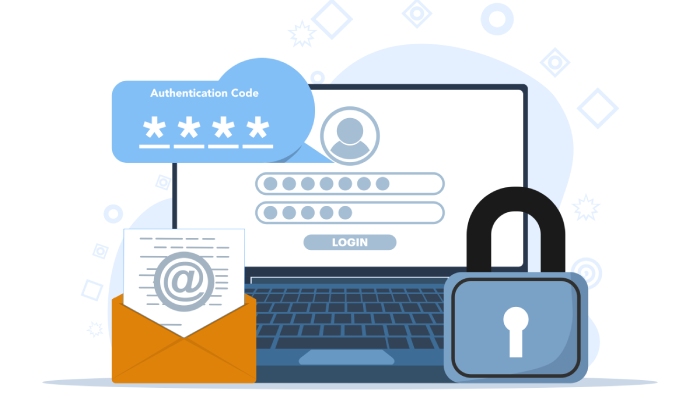
Common Challenges in Email Deliverability
Despite meticulous preparation, several challenges frequently affect email deliverability:
- Bounce Rate Management: Excessive soft bounce and hard bounce rates, typically caused by invalid or outdated email addresses, harm your sender reputation. Implementing rigorous email verification through services like NeverBounce or ZeroBounce ensures improved email list hygiene.
- Spam Filters and Blacklists: Emails can be blocked or diverted due to high spam score or poor email sender reputation. Continuous blacklist monitoring via tools like Return Path and adherence to email sending practices prevent your IP from being listed.
- IP Reputation and Email Throttling: ISPs may impose email throttling on your SMTP relay when they detect sudden spikes in email volume, further hindering campaign reach. IP warming strategies mitigate this risk by incrementally scaling volume.
- Lack of Email Authentication: Without proper SPF, DKIM, and DMARC configurations, emails are more likely to get rejected or filtered. Maintaining these protocols with tools such as Postmark Labs is crucial.
- Low Email Engagement: Poor recipient engagement, including low open and response rates, signals lower credibility to spam filters. Personalized email sequences, well-constructed email drip campaigns, and strategic email list segmentation using platforms like HubSpot and ActiveCampaign can dramatically boost engagement metrics.
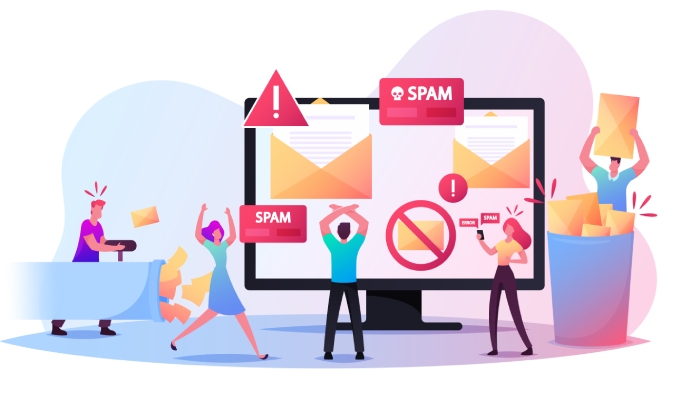
The Role of Email Authentication (SPF, DKIM, DMARC) in Deliverability
Email authentication protocols—SPF, DKIM, and DMARC—form the backbone of modern email security and deliverability. Consolidating these configurations on your sender domain ensures that mailbox providers recognize your emails as legitimate, reducing the likelihood of being marked as spam.
- SPF (Sender Policy Framework) specifies which mail servers are authorized to send email on behalf of your domain, protecting against IP spoofing.
- DKIM (DomainKeys Identified Mail) adds a cryptographic signature to every email, allowing the recipient server to verify that the message was unaltered and genuinely sent by your domain.
- DMARC (Domain-based Message Authentication, Reporting and Conformance) combines SPF and DKIM mechanisms, instructing mailbox providers on how to handle unauthenticated emails and providing feedback via reports, enhancing reputation management.
Manual vs. Automated Email Warmup: Pros and Cons
When preparing your sender domain and SMTP server for a robust email marketing campaign or cold outreach, warming up your email is crucial to safeguard and enhance your email deliverability and email sender reputation. There are two primary approaches: manual and automated email warmup.
Manual Email Warmup
Manual warmup involves gradually increasing your email sends over days or weeks, engaging recipients with personalized cold email or drip campaign sequences, and monitoring inbox placement and bounce rate carefully. This strategy requires careful management of email sending practices, sender authentication (such as DKIM, SPF, and DMARC setup), and maintaining email list hygiene to avoid soft bounces, hard bounces, and encountering email spam traps.
Pros:
- Complete control over the warm-up schedule and email sequences.
- Greater ability to personalize content and segment email lists for tailored engagement.
- Deeper understanding of your IP reputation and sender domain health through direct monitoring of feedback loops and engagement metrics.
Cons:
- Time-consuming and labor-intensive, especially when managing bulk email or SMTP relay settings.
- High risk of improper scaling, which can trigger spam filters or lead to blacklisting if not managed correctly.
- Requires proficiency in email deliverability testing and continuous blacklist monitoring.
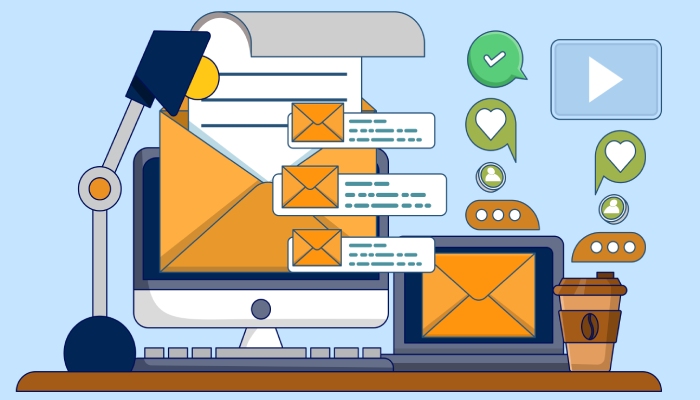
Automated Email Warmup
Automated email warmup services like Warmup Inbox or Instantly automate the process by gradually increasing sending volume following a warm-up schedule aligned with best practices. These services simulate real recipient engagement, including opens, clicks, replies, and even handling feedback loops, all while maintaining email client compatibility.
Pros:
- Saves time by automating complex IP warming and sender reputation management.
- Reduces human error in following best sender authentication protocols and email sending practices.
- Often includes comprehensive dashboards to monitor sender score, bounce rate, spam score, and inbox placement in real time.
Cons:
- Less granular personalization in email outreach or drip campaigns during warmup.
- Potentially limited control over sequence timing if service does not allow custom schedules.
- Cost-related considerations compared to manual efforts.
For a thorough discussion on why automated warmup is often preferred by professionals, you can check this Reddit thread on email inbox warmup necessity.
How Professional Email Warmup Services Work
Professional automated email warmup services such as Mailshake, Reply.io, and Mailreach optimize your email reputation and IP reputation through sophisticated algorithms that replicate natural email conversation patterns between multiple accounts they control.
By leveraging a network of verified accounts and employing strict email verification processes, these platforms avoid triggering spam filters or artificially inflating metrics. They use verified email sender domains with proper email authentication setups—SPF, DKIM, and DMARC are all configured to meet industry standards, which prevents your cold email or bulk email campaigns from being flagged.
These services monitor bounce rate closely—distinguishing between soft bounce and hard bounce—and adjust sending volumes accordingly to preserve sender score. The system also performs blacklist monitoring to ensure your IP and domain do not appear on spam blacklists that would severely impact inbox placement.
Professional services also integrate with popular SMTP relays and email marketing tools like SendGrid, Postmark, SparkPost, Mailgun, and Mailjet, enabling seamless implementation within your existing email outreach and drip campaigns.

Key Features to Look for in an Email Warmup Service
Selecting the right automated warm-up tool involves assessing critical features that impact your email deliverability and sender reputation management.
- Automated Warm-Up Schedule: Look for flexible warm-up schedules that allow gradual IP warming customized to your sending threshold.
- Engagement Simulation: Services should smartly simulate recipient engagement, including email open rate, click-through rate, and even reply generation, helping improve your sender domain’s reputation.
- Email Verification & List Hygiene: Integration with verification services like ZeroBounce, NeverBounce, or Kickbox ensures that your email list is clean, reducing bounce rates and preventing email spam trap hits.
- Comprehensive Metrics Dashboard: Monitoring engagement metrics, spam score, bounce rate, sender score, and IP reputation in real time provides actionable insights and helps optimize subsequent cold email or drip campaign sequences.
- Compatibility & Integration: Ensure compatibility with your SMTP server setup and email marketing platforms — such as HubSpot, ActiveCampaign, SalesLoft, or Gmass—to maintain seamless email automation workflows.
- Sender Authentication Support: The service should assist with or verify proper implementation of DKIM, SPF, and DMARC to maximize inbox placement and minimize spam filter triggers.
- Blacklist Monitoring: Continuous scanning for your IP or domain in real-time blacklists is vital for proactive reputation management.
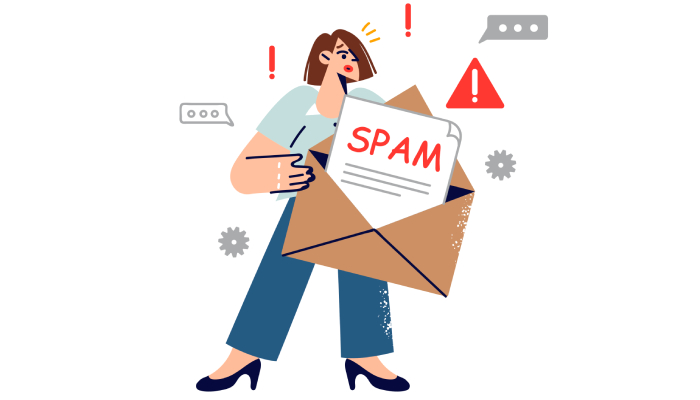
Step-by-Step Process of an Effective Email Warmup
Whether you opt for manual steps or an automated system, a well-structured warm-up process significantly aids cold outreach success and bulk email campaigns.
- Set Up Email Authentication: Configure SPF, DKIM, and DMARC records correctly on your DNS to verify your sender domain’s authenticity.
- Start with Low Volume Sending: Initiate sending from your SMTP server with small volumes — about 10-20 emails per day — gradually increasing over several weeks.
- Engage with Warm Recipients: Use segmented, verified email lists with recipients prone to high email engagement like opens and replies to boost your email sender reputation.
- Mix Content and Format: Alternate between simple plain-text emails and more personalized HTML emails to optimize email client compatibility and engagement.
- Monitor Bounce Rate and Spam Scores: Track all soft bounce and hard bounce notifications, spam filter hits, and maintain email list hygiene by removing invalid addresses promptly.
- Adjust Based on Metrics: Evaluate sender score, IP reputation, inbox placement, and engagement metrics such as email open rate and click-through rate regularly, tweaking the warm-up schedule accordingly.
- Scale Gradually: Increase email throughput carefully to avoid email throttling set by ISPs or overloading your SMTP relay which would cause emails to be delayed or blocked.
- Integrate Feedback Loops: Use feedback loops from ISPs to understand spam complaints and recipient engagement to continuously improve your email sending practices.
This systematic approach is crucial not just for protecting your sender domain but also for ensuring successful email marketing and cold outreach campaigns that yield higher email response rates and ROI.
To implement automation efficiently, many marketers integrate their email campaigns with platforms like Lemlist, Woodpecker, or Snov.io, which offer features supporting warmup schedules and engagement-driven email sequences.
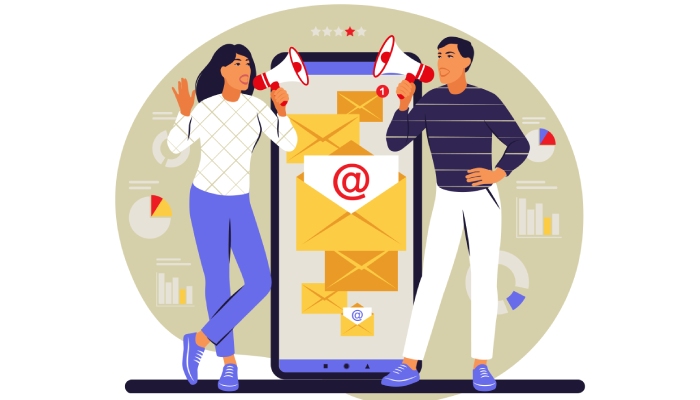
Measuring Success: Metrics to Track During Warmup
To determine whether your email warmup is effective in improving deliverability and maintaining email reputation, track the following metrics throughout the process:
- Inbox Placement Rate: The percentage of emails arriving in the primary inbox, reflecting deliverability success.
- Bounce Rate: Monitor both soft bounce and hard bounce percentages; high bounce rates harm sender reputation and can trigger blacklists.
- Open Rate and Click-Through Rate (CTR): Key engagement metrics indicating recipient interest and email client compatibility.
- Sender Score and Spam Score: Use online tools such as MxToolbox or Return Path to assess if your IP or domain is flagged.
- Email Spam Filter Hits: Evaluating whether emails are landing in promotional or spam folders helps refine email sending practices.
- Email Response Rate: Higher reply rates indicate successful engagement and improved sender reputation.
- Blacklisting Status: Regular blacklist monitoring to maintain clean IP reputation.
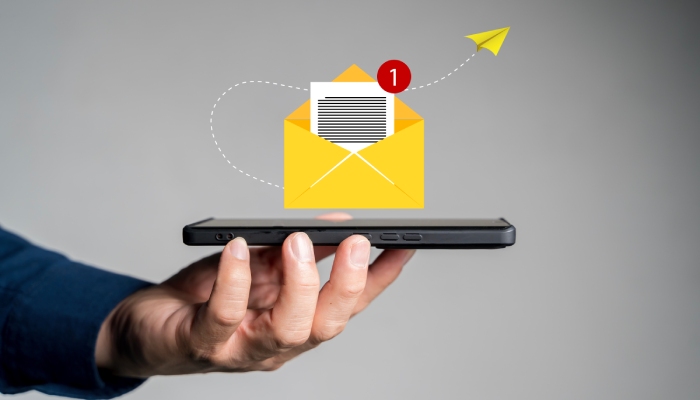
Avoiding Common Mistakes During the Warmup Process
Even with robust warm-up schedules and automated email warmup tools, common pitfalls can compromise email deliverability and sender reputation:
- Ramping Up Too Quickly: Sudden spikes in volume can trigger spam filters or cause ISP throttling; increase gradually following best IP warming practices.
- Ignoring Email Authentication: Lack of proper DKIM, SPF, or DMARC records leads to poor domain reputation and inbox placement issues.
- Using Unverified Email Lists: Failing to maintain rigorous email list hygiene increases bounce rates and risks hitting email spam traps.
- Neglecting Engagement: Sending generic bulk email without personalization or segmentation reduces recipient engagement and escalates spam complaints.
- Overlooking Blacklist Monitoring: Not checking blacklists leaves you blind to deliverability issues and potential reputation damage.
- Insufficient Monitoring: Failing to track sender score, bounce rate, or spam score means missing critical warning signs.
- Not Leveraging Feedback Loops: Ignoring ISP feedback limits opportunities to correct email outreach strategies.
By avoiding these errors and utilizing tools like Gmass or Sendinblue, marketers strengthen their sender domain’s reputation, ensuring the hard work of IP warming translates to higher email open rates, better inbox placement, and improved email response rates in subsequent email campaigns.
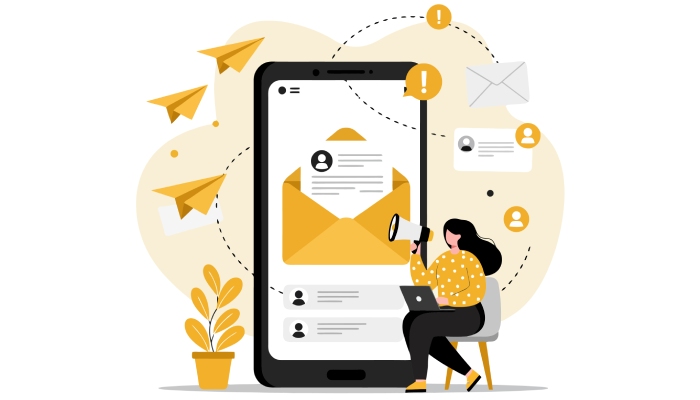
Integrating Warmup Services with Your Existing Email Marketing Strategy
For optimal email deliverability, integrating warmup services seamlessly into your existing email marketing arsenal is crucial. Whether you utilize automation platforms like HubSpot or Campaign Monitor, or SMTP relay providers such as Postmark or SparkPost, coordination is paramount. Begin by validating your SMTP server configuration and implementing robust email authentication protocols including DKIM, SPF, and DMARC to safeguard your sender authentication processes.
Next, align your warm-up schedule with your email outreach cadence. Leveraging automated email warmup tools such as Instantly or Mailreach ensures gradual email throttling, preventing triggers in spam filters during bulk email sends. Complement this with consistent email deliverability testing, using platforms like Postmark Labs or MxToolbox, to monitor IP reputation and sender domain health actively.
Integrate sophisticated email list segmentation and email list hygiene practices powered by services like NeverBounce or ZeroBounce to mitigate bounce rate issues and avoid email spam traps. Employ CRM-integrated functions within tools like SalesLoft, Yesware, or Mixmax to track engagement metrics and recipient engagement precisely, allowing responsive adjustments in your email marketing sequences and drip campaigns.
This integrative approach not only improves inbox placement but also bolsters your email sender reputation, ultimately enhancing email open rates and email response rates critical for successful cold outreach and bulk email campaigns.
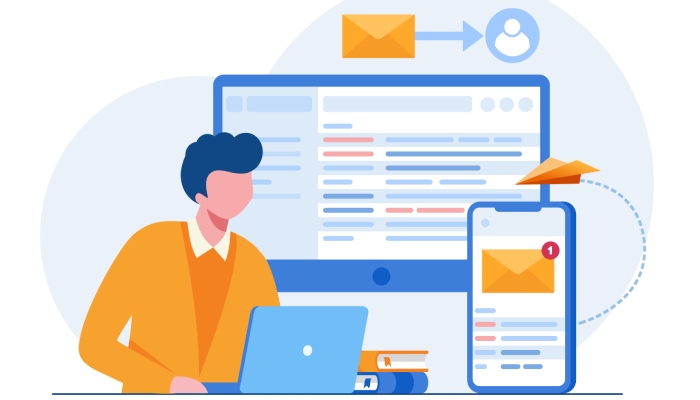
Pricing Models and ROI of Email Warmup Services
Email warmup services offer a range of pricing models typically based on volume, features, and the level of automation provided. Subscription-based models are prevalent, with tiers calibrated according to the number of email accounts warmed, the degree of integration with email marketing tools, and advanced analytics capabilities. For example, platforms like Warmup Inbox and Mailreach provide flexible pricing tailored for startups to enterprise-scale clients.
ROI from investing in Nureply email warmup services is measured not only through the reduction of bounce rates and spam filter hits but also via quantifiable improvements in sender score and email engagement metrics such as click-through rate and email open rate. By enhancing IP warming procedures and maintaining pristine email list hygiene through frequent email verification, businesses can reduce costs associated with email blacklisting and reputation damage.
Moreover, better inbox placement translates into elevated conversion rates from cold email campaigns, improving campaign ROI. With tools like Gmass, Woodpecker, and Snov.io supporting automated email warmup embedded within their email automation workflows, marketers realize productivity gains by minimizing manual deliverability checks and optimizing email sending practices.
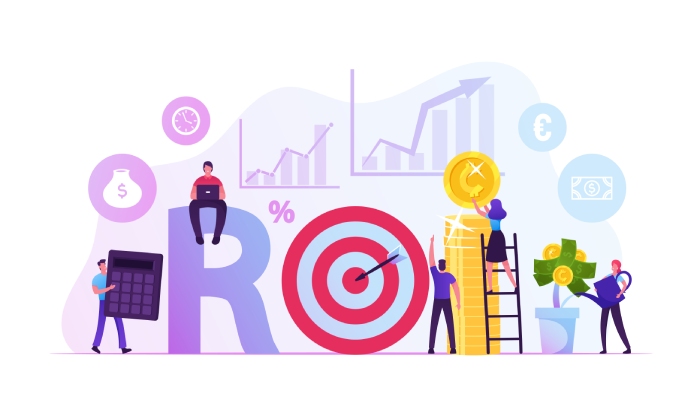
Future Trends in Email Deliverability and Warmup Techniques
The landscape of email deliverability and warmup techniques is evolving rapidly to address increasing challenges posed by sophisticated spam filters and evolving recipient engagement expectations. Future trends spotlight the rise of AI-driven email deliverability testing and reputation management tools, enabling more dynamic adjustments to IP reputation and sender domain health in real-time.
Enhanced integration of sender authentication protocols beyond DKIM, SPF, and DMARC—coupled with feedback loop analysis offered by industry leaders like Return Path—will provide nuanced insights into inbox placement and spam trap detections. These advanced monitoring systems will augment blacklist monitoring processes, proactively preventing delivery disruptions.
Personalization bolstered by machine learning will further refine email marketing, cold outreach, and drip campaigns by tailoring content to recipient behavior, boosting engagement metrics and response rates. Additionally, email client compatibility considerations will advance, ensuring consistent rendering and interaction regardless of device or platform, including Google Workspace and Microsoft Exchange environments.
The convergence of SMTP relay services such as Mailgun and SendGrid with sophisticated warm-up automation promises more streamlined email throttling and sender reputation enhancement. This will empower marketers to scale bulk email campaigns while preserving high email sender reputation and minimizing bounce rates.
Increasing adoption of automated warmup platforms like Boxward and mailtoaster.ai also foreshadows a future where reputation management becomes less manual and more predictive, optimizing email sequence success across all communication channels.

FAQs
What is the role of email warmup in improving email deliverability?
Email warmup involves gradually increasing email sending volume to build a positive sender reputation, which enhances inbox placement and reduces the chances of emails being caught in spam filters. It is critical for IP warming and maintaining a healthy sender score.
How do DKIM, SPF, and DMARC impact sender authentication?
These email authentication protocols verify that messages originate from authorized servers, reducing spoofing and phishing risks. Implementing DKIM, SPF, and DMARC strengthens your email domain reputation and minimizes bounce rates and spam score.
Can I integrate email warmup with my existing marketing automation tools?
Yes, automated email warmup services can be integrated with popular platforms like HubSpot, ActiveCampaign, and Outreach.io to coordinate warm-up schedules with email campaigns, leading to improved email sender reputation and higher engagement metrics.
How does email list hygiene affect cold email campaigns?
Maintaining high-quality email list hygiene through verification tools like ZeroBounce or NeverBounce prevents spam traps and reduces soft and hard bounce rates, thereby protecting your IP reputation and ensuring better inbox placement of your cold outreach emails.
What is the difference between soft bounce and hard bounce in email campaigns?
A soft bounce indicates temporary delivery issues such as a full inbox, whereas a hard bounce signifies permanent failures like invalid email addresses. High bounce rates negatively affect sender domain reputation and email deliverability.
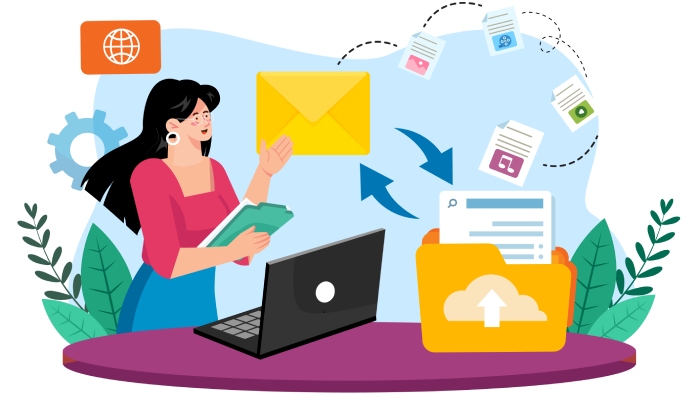
Why is IP warming essential for bulk email sending?
IP warming gradually builds your IP reputation by incrementally increasing the volume of emails sent from a new SMTP server, helping to avoid email throttling and triggering spam filters, which ultimately improves engagement and sender score.
Are automated email warmup services worth the investment?
Automated warmup services save time and provide consistent management of sender reputation by following optimal warm-up schedules. They enhance email deliverability, reduce bounce rate, improve email open rate, and increase the overall ROI of your email outreach efforts.
Key Takeaways
- Professional warmup services enhance email sender reputation and reduce bounce rates, improving inbox placement for cold email and bulk email campaigns.
- Integrating warmup automation with existing email marketing tools like HubSpot and SendGrid ensures effective email throttling and sender authentication.
- Pricing models vary by volume and features, but the return on investment includes better engagement metrics and minimized blacklist risks.
- Future trends in email deliverability revolve around AI-driven reputation management, advanced sender authentication, and enhanced email client compatibility.
- Maintaining excellent email list hygiene and leveraging feedback loops are critical to sustaining a healthy email domain reputation and high sender score.



